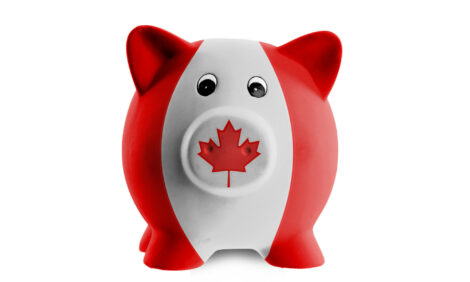



Positive Prospects for Irish Food & Drink Exports
IRELAND - “Recent months have seen a strong recovery in the value of Irish food and drink exports, helped by an improving exchange rate, increased meat export volumes and a stronger export performance in the beverage, dairy and seafood sectors,“ according to Bord Bia Chief Executive, Aidan Cotter.“During the first five months of 2010, the value of exports was more than 8 per cent higher than a year earlier at almost €3bn. The rate of recovery has accelerated as the year has progressed with exports in May some 23 per cent ahead of the same month in 2009.
Generally, the export prospects for the major product categories for the remainder of 2010 are more positive as better market prices, an improved exchange rate and a more stable economic picture across key markets underpin trade“ he added.
In terms of exchange rates, sterling is currently 6 per cent stronger against the Euro than this time last year and on a year to date basis is up by 3 per cent. Likewise, the US dollar is currently 12 per cent stronger against the euro relative to September 2009. Both of these developments are providing welcome relief to exporters as the UK accounts for 45 per cent of exports while a significant number of international markets tend to trade in US dollar terms.
Meanwhile the global backdrop is characterised by a more positive supply and demand balance and rising commodity prices. The FAO food price index in August reached its highest level since its 2008 peak, increasing by 15 per cent since January 2010, and now lying more than 40 per cent above the average 2000 – 2010 level. All product categories have shown increases with meat prices 13 per cent higher since the start of 2010, rising to levels last seen in 1990. The dairy price index is up by 63 per cent to date, while cereals prices are 8 per cent lower to date but 12 per cent higher in August.
The increase in prices over recent months has been due to a combination of supply shocks in some commodities, most notably cereals, combined with improving demand in emerging markets due to population growth and wealth generation.
Sustained demand from Asia and the Middle East for beef, lamb and white meats combined with stagnating production particularly in relation to beef and lamb across Australia, New Zealand & South America, and the move towards a richer protein diet by the growing middle class in emerging markets such as China and Brazil, has put strong upward pressure on global meat prices.
However, in developed markets such as the EU, the search for value has resulted in consumers reducing their meat spend, which is impacting on local suppliers. This combined with changes in exchange rates has led to a narrowing of the gap between EU and world prices. Taking beef as an example, as recently as 2006 Brazilian cattle prices in euro terms stood at less than 50 per cent of the weighted average EU-15 price whereas today they stand at over 70 per cent of the EU average.
Meanwhile, the recent jump in grain prices could significantly impact on the viability of intensive meat production systems which rely on cereals for a large proportion of their diet. This is particularly evident in the pigmeat sector where figures from Teagasc suggest that the current average pig feed price in Ireland stands at 91c/kg deadweight. The rise in feed prices follows a sluggish pigmeat market for much of the year, which has left Irish pig prices to date 4 per cent lower than last year.
The comments were made during the opening day of the 79th National Ploughing Championships, which take place in Athy, Co. Kildare this week. Bord Bia’s informative and interactive stand at this year’s event includes eight pens of livestock to brief farmers / visitors on the optimum specifications and stock to meet export market requirements. Detailed information boards and display panels also include market updates, supply outlook and an overview of Bord Bia’s main activities on beef, lamb, pigmeat, poultry, eggs, Quality Assurance and horticulture.








